Introduction
Don’t be alarmed if you don’t have any Drano on hand and your drains are clogged. Did you know you can make your drain cleaner using kitchen ingredients? This natural drain cleaner is easy to make and much cheaper than a commercial product. Plus, it’s eco-friendly and safe for use around children and pets. Keep reading for instructions on how to make this DIY drain cleaner.
What Does Homemade Drain Cleaner Do?

A drain cleaner, a sewage cleanser, or a wastewater de-clogger is a chemical-based consumer solution that unclogs sewer pipes or blocks wastewater drains. A drain cleaner’s ingredients and formulation vary depending on the purpose.
Some drain cleaners are formulated to clean soft blockages such as hair and grease clogs that can accumulate close to the slow-moving drains. A majority of drain cleaners contain sodium hydroxide (lye). Other formulations may contain caustic potassium hydroxide instead.
Modern recipes for homemade cleaners call for common ingredients such as baking soda, vinegar, salt, borax, and lemon juice. All these ingredients work together to help break down whatever is causing the clog.
If you think your sink, tub, or shower drain is clogged, follow these procedures to make a DIY drain unclogger.
Instructions
Clear Any Standing Water
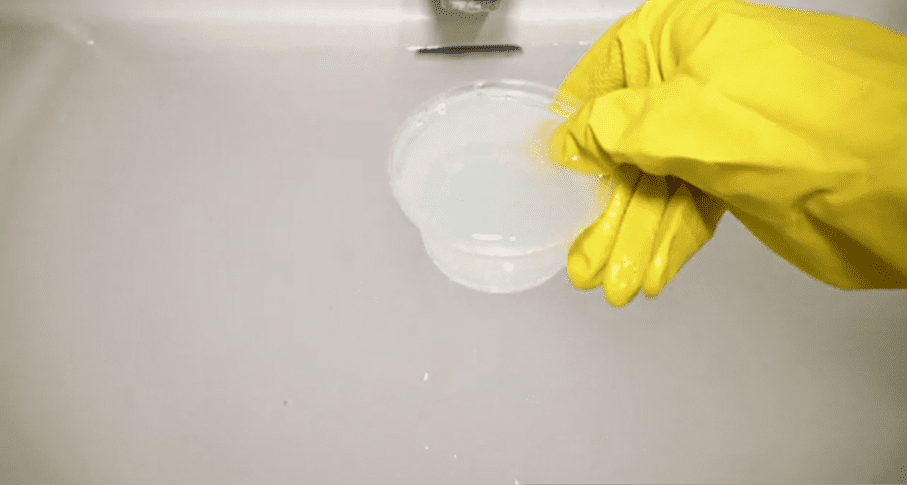
If you’ve got a sink full of backed-up water, you first need to get rid of as much of it as possible. The best method is to use a cup and pour the water into a bucket.
Once the water level has dropped as low as it will go, drain as much water as possible and then tackle the obstruction. Don’t try to fix the clog while water’s still in the sink – it’ll just make a mess. Once the sink is empty, you can assess the situation and decide how to proceed.
If there is an overflow drain, clear it.
If the water level in your sink gets too high, an overflow drain usually helps get rid of the water. If one is present, open it up, and you should see a long coil running down the drain. Remove any hairs, slime, or other obstructions linked to it using rubber gloves.
- An overflowing drain might be the source of a standing water issue if it is blocked.
- Some drains do not come with an overflow drain. If this is the case, move on to the next step.
Pour in Boiling Water
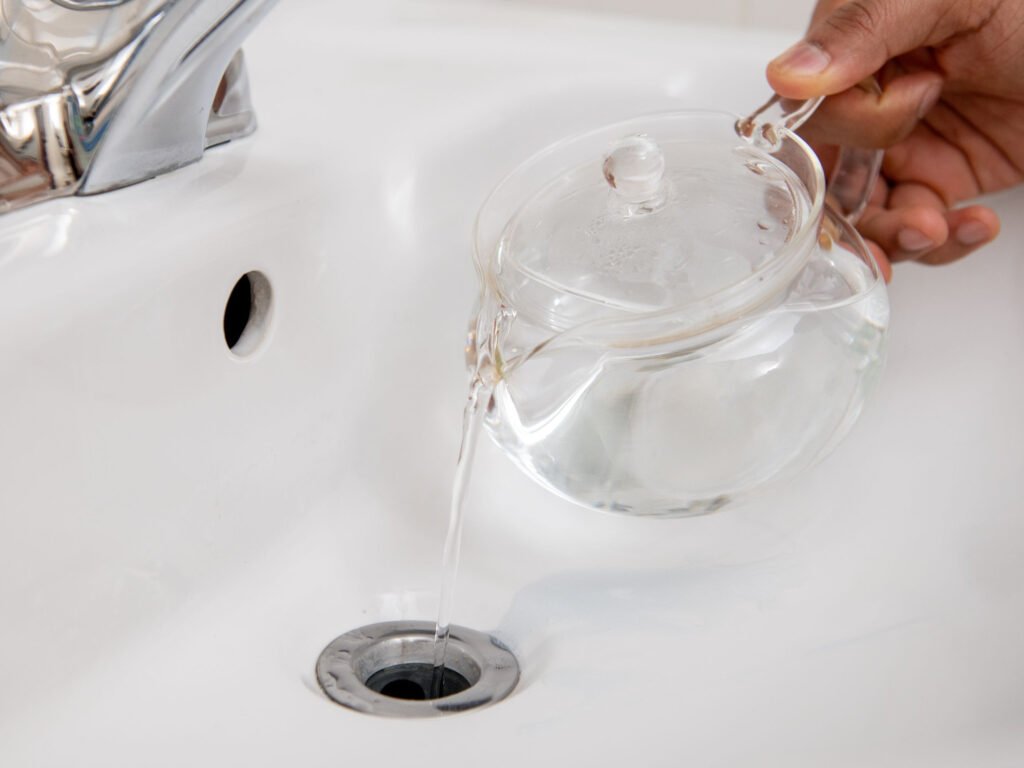
If your sink or tub drain is clogged, try a simple home remedy before calling a plumber.
Simply pour the hot water down the drain and wait a few minutes. The heat will help to soften any grease or soap residue that may be causing the clog, and the hot water will also break up any hair or other organic matter that may be causing the problem.
After a few minutes, flush the drain with cold water to clear the clog. Of course, if the clog is stubborn, you may need to follow up with a plunger or a snake. But pouring in boiling water is a great place to start.
Add Baking Soda
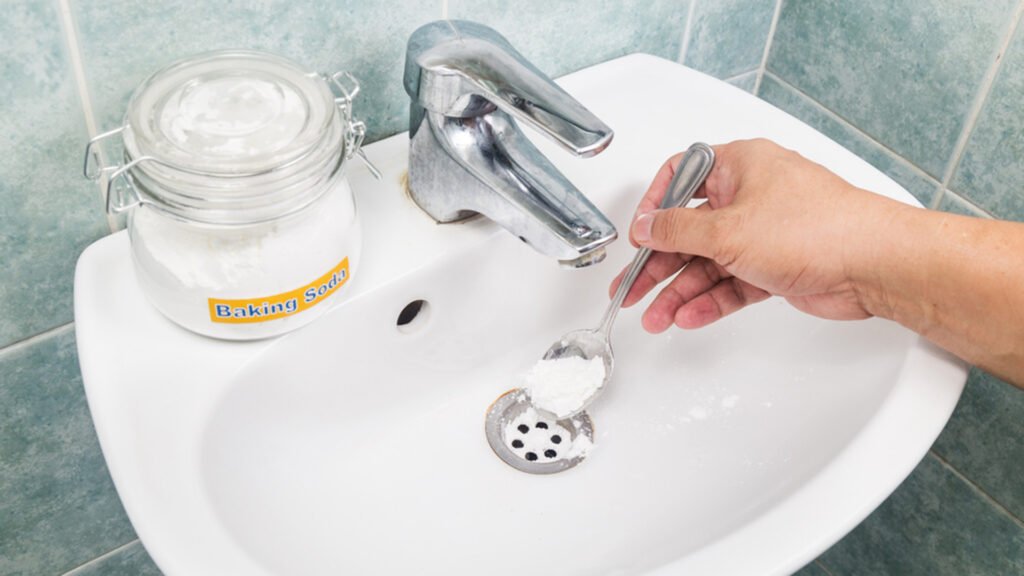
Baking soda is a common household ingredient with various uses, including baking, cleaning, and deodorizing. Baking soda is a multipurpose household product used to clean drains. Mixed with water and vinegar, it creates a foaming reaction that helps break down and remove dirt, grease, and grime.
Additionally, the alkaline nature of baking soda can help to neutralize odors.
Add Vinegar
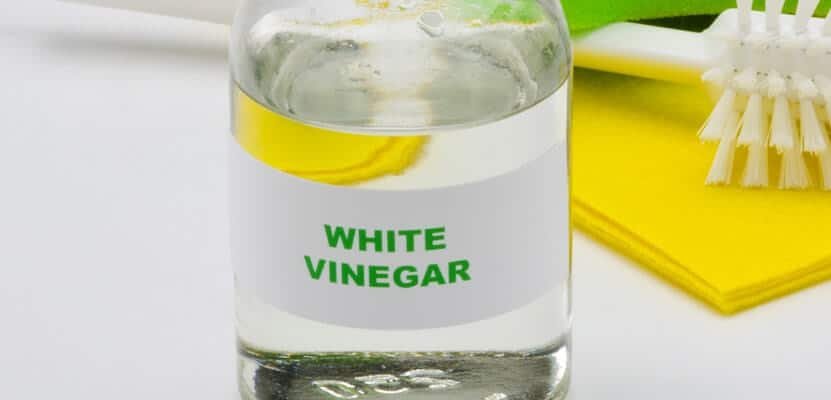
Pour 1/2 cup of vinegar into the drain. The vinegar will help break down grease or soap scum clogging the drain.
Not to mention, vinegar is acidic and will, dissolve any mineral deposits that could be causing the clog in the first place. As a result, the drain should run more smoothly and have less chance of becoming blocked.
Cover the Drain
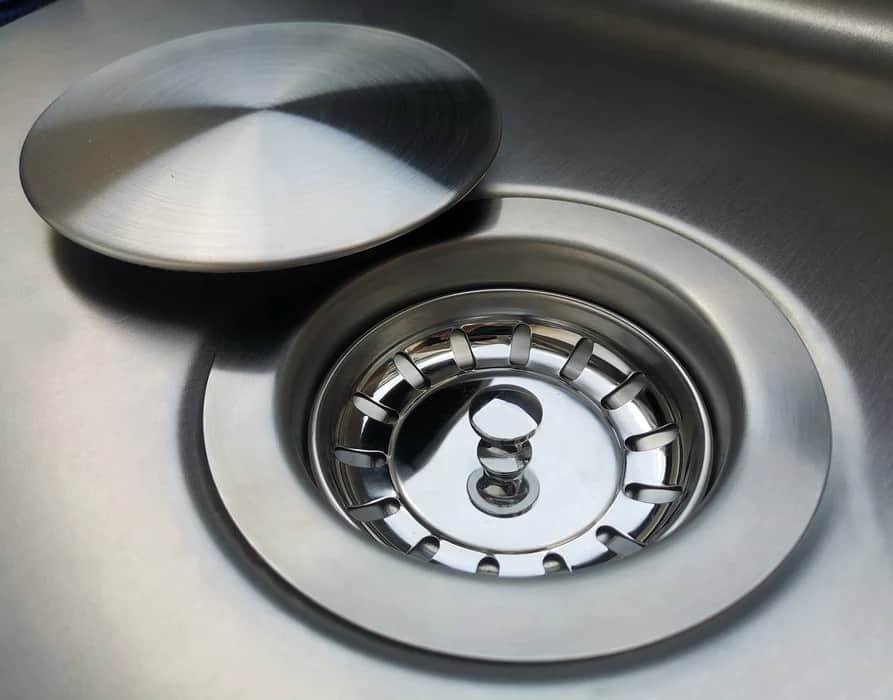
This combination is a powerful cleaning agent; letting it work for 10 minutes will help break down any buildup in your drains. The reaction between the baking soda and vinegar can be pretty intense, so covering the drain will help to keep everything flowing in the right direction. It’s not essential, but keeping your drains clean and free-flowing is worth doing. So, next time you reach for the baking soda and vinegar, remember to first pop a stopper over the drain. Trust me, and your drains will thank you for it.
Add Boiling Water
Another pot of boiling water should do the trick. Just pour it down the drain and give it a few minutes to work its magic. The baking soda and vinegar mixture should have loosened any clogs, which will help wash them away. You may need to perform this process a few times if you can’t clear the clog easily. But eventually, the clog will give way, and you’ll be back to flowing freely in no time. So don’t hesitate to add more boiling water as needed. It’s always better to err on caution regarding your drains.
Clear the Drain
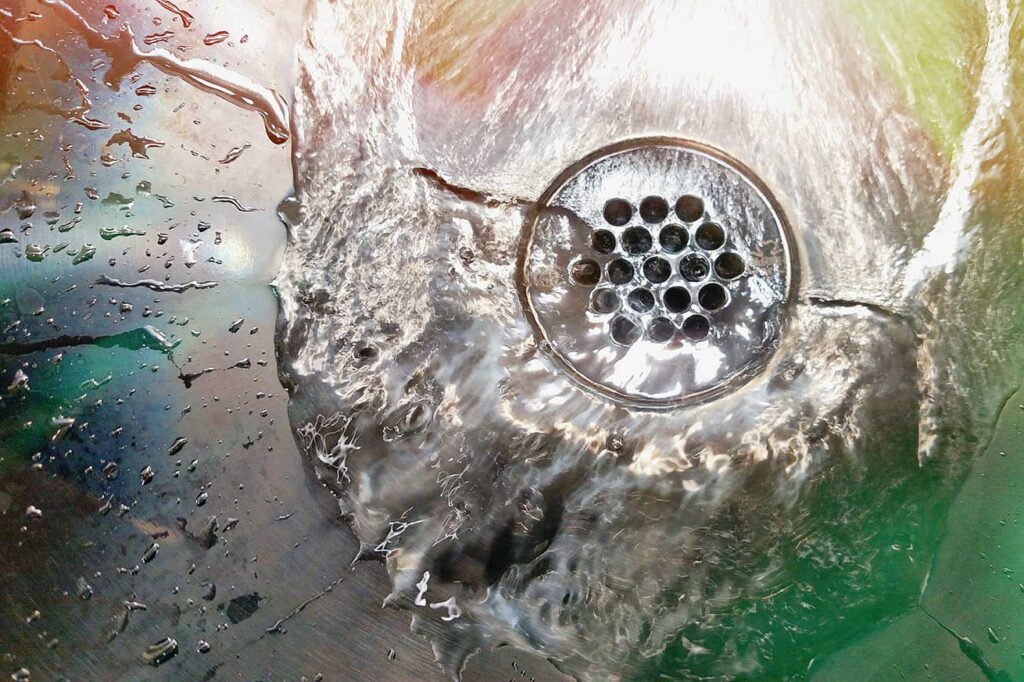
Using hot water from the faucet to flush the drain will help remove any remaining debris from the drain pipe. This process may need repeated several times to achieve the desired results. Once you’ve cleared the drain, keep it clear by regularly flushing it with hot water. This simple maintenance step will help prevent future clogs and keep your drains flowing freely.
Furthermore, we propose 5 DIY Drain Cleaners as a complement to our post.
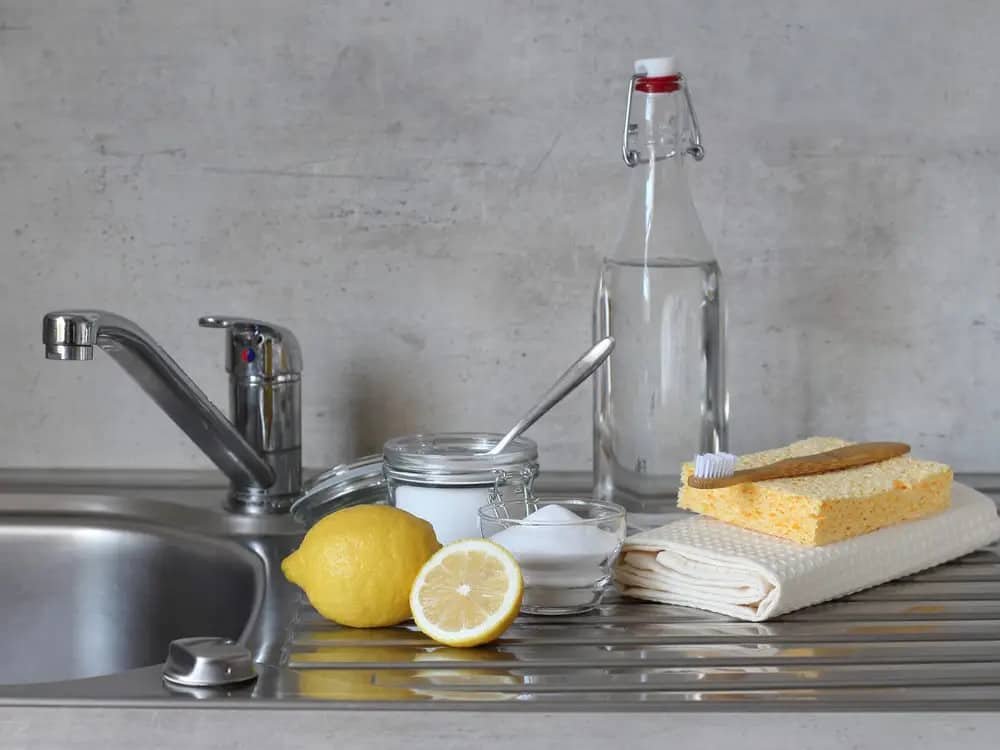
Baking soda + vinegar for drain cleaning
Baking soda and vinegar are a classic combo for a reason – If you’re looking for an effective way to unclog a drain, this is it. Here’s how to do it:
- Pour 1/2 cup baking soda down the drain, followed by 1/2 cup vinegar.
- Plug the drain and let the mixture sit for one hour.
- After an hour, pour a pot of boiling water down the drain. Repeat if necessary.
This simple technique is one of the best ways to unclog a drain, and it’s much cheaper than calling a plumber.
Baking Soda + Lemon Juice
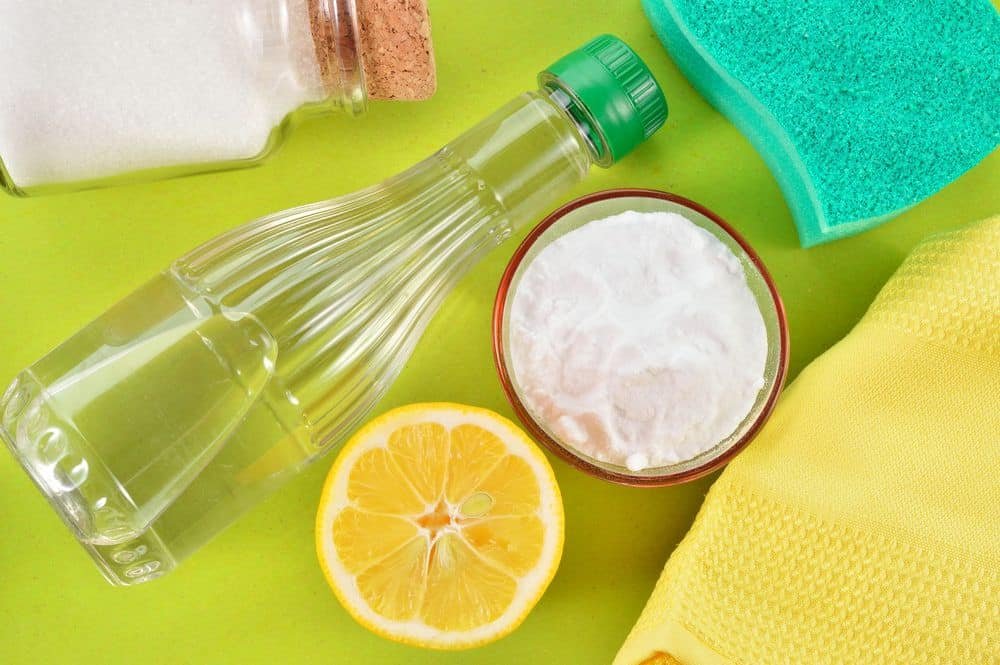
Baking soda and lemon juice are excellent drain cleaners that are both effective and relatively pleasant-smelling.
- Pour 1/2 cup baking soda and 1/2 cup lemon juice down the drain.
- After one hour, plug the drain and finish with a pot of boiling water.
The combination of baking soda and lemon juice is powerful enough to clean most drains, but the lemon scent is much more tolerable than vinegar.
Of course, the trade-off is that lemon juice costs a bit more than vinegar. However, this is a fantastic option if you pay a few extra dollars for a drain cleaner that doesn’t stink up your whole house.
Baking soda + salt
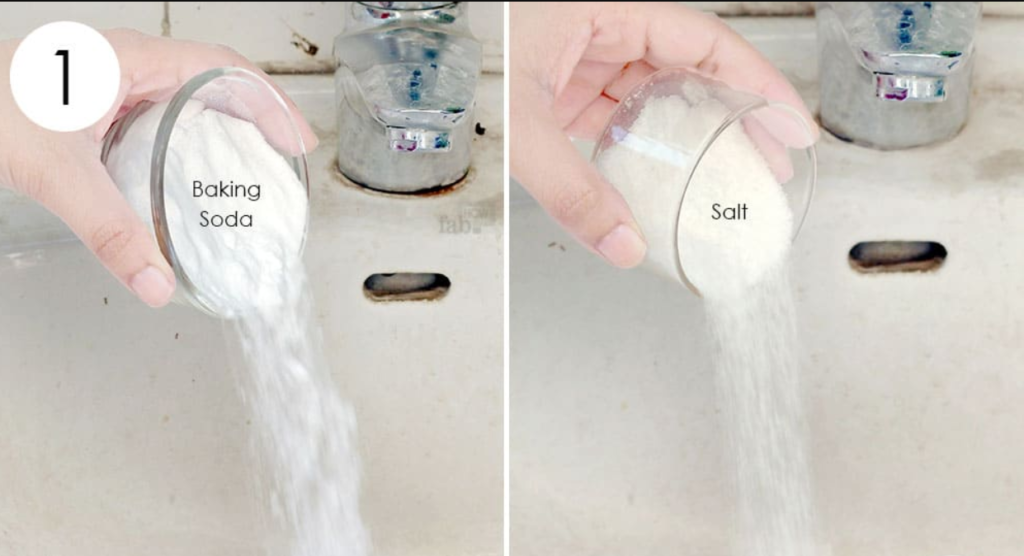
Buying expensive drain cleaners is unnecessary if you have a kitchen pantry nearby. That’s right, baking soda and salt can clear clogged drains.
- Simply mix 1/2 cup each of baking soda and salt, and pour down the drain.
- Allow 30 minutes (or overnight if the drain is particularly clogged), then flush with a pot of boiling water.
This simple DIY drain cleaner will help break up any buildup in your pipes without harsh chemicals. So next time your drain starts to act up, reach for the baking soda and salt instead of the store-bought drain cleaner.
Baking Soda + salt + Cream of Tartar
Drain cleaners that work well include baking soda, salt, and cream of tartar. Combined, they create a powerful mixture that can break down even the toughest drain clogs.
- To use this drain cleaner, pour 1/2 cup baking soda, 1/2 cup salt, and 2 tablespoons of cream of tartar into a jar that seals.
- Then, seal the jar and shake it well to mix the ingredients.
- Next, pour the mixture down your drain and let it sit for 10-15 minutes. Finally, flush the drain with hot water to remove the clog.
This drain cleaner is suitable for most drains and is an excellent way to keep your drains clear and free-flowing.
Salt + Borax + Vinegar
Are you looking for a drain cleaner that is both effective and affordable? Look no further than salt, borax, and vinegar. This simple mixture can be used to clear slow-moving drains and is much cheaper than buying commercial drain cleaners. Here’s how to use it:
- Start by pouring ½ cup of salt down the drain.
- Then add ½ cup of borax and ½ cup of vinegar.
- Allow the mixture to sit for 30 minutes, then flush the drain with hot water.
Repeat this process once a week to keep drains flowing freely. Salt, borax, and vinegar are all-natural ingredients that are safe for your plumbing and won’t damage your pipes.
FAQ
How do you keep your drains free of obstructions?
As anyone who has ever dealt with a clogged drain knows, it can be a huge pain. A broken water heater is not only a huge inconvenience but can also cause extensive damage to your home. The good news is that you may take a few simple measures to prevent your drains from clogging.
- First, regularly remove hair, debris, or food from your sinks, showers, and tubs. This will help to keep the drain opening clear.
- Second, rinse your drains thoroughly with hot water every week or so.
- Finally, if your drains are running slow, use a drain cleaner every month. Doing this will cleanse your drains of any residue that could cause a clog if left unchecked.
These simple tips can help keep your drains flowing freely for years to come.
What causes clogged drains?
What causes clogged drains? Not only that, but how can you stop them?
- Hair
Hair is one of the most widespread causes of blockages in pipes. Hair, whether yours, your pet’s fur, or even clothing fibers shedding, can quickly accumulate and cause a blockage. Invest in drain guards or screens to prevent hair from clogging your drains. These gadgets capture the hair before it has a chance to go down the drain and cause a jam. You should also regularly check for buildup on your drain guards or screens to remove any hair buildup.
- Food particles
Food particles are another frequent reason for clogged drains. Bits of grease, food, and soap might go down the drain after washing dishes or preparing meals, adhering to the pipe’s walls. This accumulation can block over time, preventing water from flowing freely through the system. Instead of throwing food away down the drain, be sure to dispose of it in the proper place.
To prevent blockages, you should also run hot water down the drain for a few minutes after each usage to help flush away any particles adhering to the pipes’ walls. Avoid pouring grease down the drain generally; it will solidify over time and cause a significant obstruction.
- Mineral
The final typical reason for blocked drains is mineral accumulation. This is mostly due to hard water–water that contains high levels of minerals such as calcium and magnesium. When this type of water flows through your pipes, it can deposit residue that builds up over time and causes a clog eventually. Installing a water softener in your house is the best way to stop this. This appliance will remove the minerals from your water before they have an opportunity to go into your pipes and create buildup.
Clogged drains are a pain for anyone, but by learning what causes them and taking preventative action, you may be able to avert this plumbing issue entirely.

